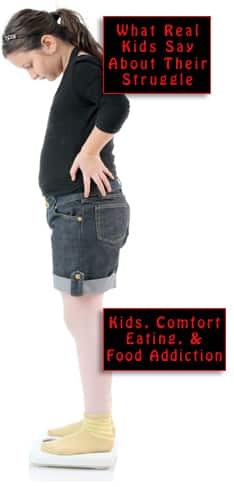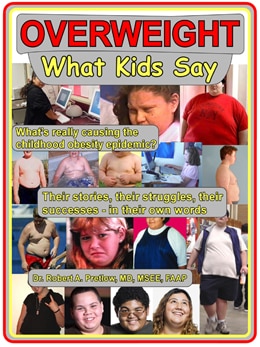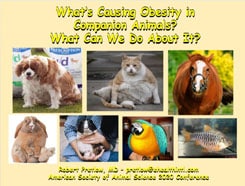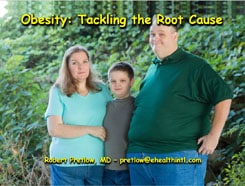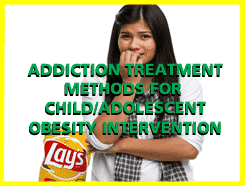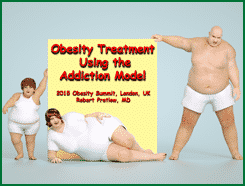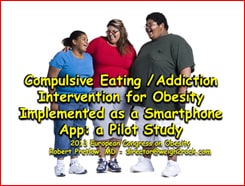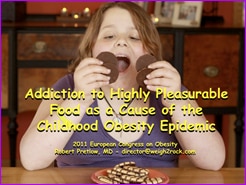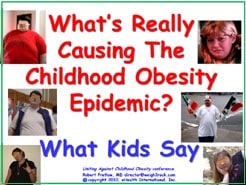
In “Why is the American Diet So Deadly,” Dhruv Khullar mentions a Frenchman, Guillaume Raineri, who moved to Maryland, USA, and experienced a particularly personal form of culture shock. Every meal seemed to contain too much sugar, too much salt, and too much food, period. So he became a human lab rat, participating in an official scientific study.
This involved spending a month in an environment that could be described as monastic, or perhaps even carceral, learning firsthand that the entire secret of a successful animal study is to control as many variables as possible:
He was not allowed to go outside unsupervised, owing to the risk that he might sneak a few morsels of unsanctioned food.
Over the course of the trials, he was given both extremely nutritious, sensible meals, and, at other times, a plethora of calorie-dense, processed foods. Results were meticulously recorded, and the whole story is pretty interesting. But sadly, most Americans will never have the opportunity to understand so much about the damage we do to ourselves through incautious eating habits. Who devises these complicated research projects?
It needed to be faced
At the point in history when it started to become apparent that more Americans were overweight than ever before, sugar-sweetened beverages and saturated fat quickly became the “usual suspects.” But an investigator for the National Institutes of Health, Kevin Hall, pointed the finger directly at a third possibility: ultra-processed food, informally known as UPF. He suspected that equally as important as the “what” is the “how.” Industrial techniques and chemical modifications seemed the likely culprits.
In a study published in 2019, Hall invited twenty people to spend a month at the NIH Clinical Center, where his team measured how their bodies responded to different types of food. (Many researchers rely instead on surveys of what people recall eating.) For two weeks, participants ate a minimally processed diet, mostly consisting of “Group 1” foods such as salmon and brown rice; for the other two weeks, they ate an ultra-processed or “Group 4” diet, in which at least 80% of the calories came from the most objectional food choices.
When participants were on the ultra-processed diet, they ate 500 calories more per day and put on an average of two pounds. They ate meals faster; their bodies secreted more insulin; their blood contained more glucose. When participants were on the minimally processed diet, they lost about two pounds. Researchers observed a rise in levels of an appetite-suppressing hormone and a decline in the one that makes us feel hungry.
It was not clear why ultra-processed diets led people to eat more, or what exactly these foods did to their bodies. Still, a few factors stood out. The first was energy density, measured in calories per gram of food. Dehydration, which increases shelf life and lowers transport costs, makes many ultra-processed foods (chips, jerky, pork rinds) energy-dense.
A little surprise
The second, hyper-palatability, was a focus of one of Hall’s collaborators, Tera Fazzino. Long ago, evolution trained us to like sweet, salty, and rich foods because, on the most basic level, they help us survive. Hyper-palatable foods — those esoteric combinations of fat and sugar, or fat and salt, or salt and carbs — cater to these tastes, but are rare in nature. A grape is high in sugar but low in fat, and the typical person can stop eating after one, leading to a suspicion that maybe sugar is not so blameworthy after all. A slice of cheesecake is high in both sugar and fat, and the typical person feels compelled to devour it.
Your responses and feedback are welcome!
Source: “Why Is the American Diet So Deadly?”, The New Yorker, 01/06/25
Photo by Alexander Grey/Pexels

 FAQs and Media Requests:
FAQs and Media Requests: 